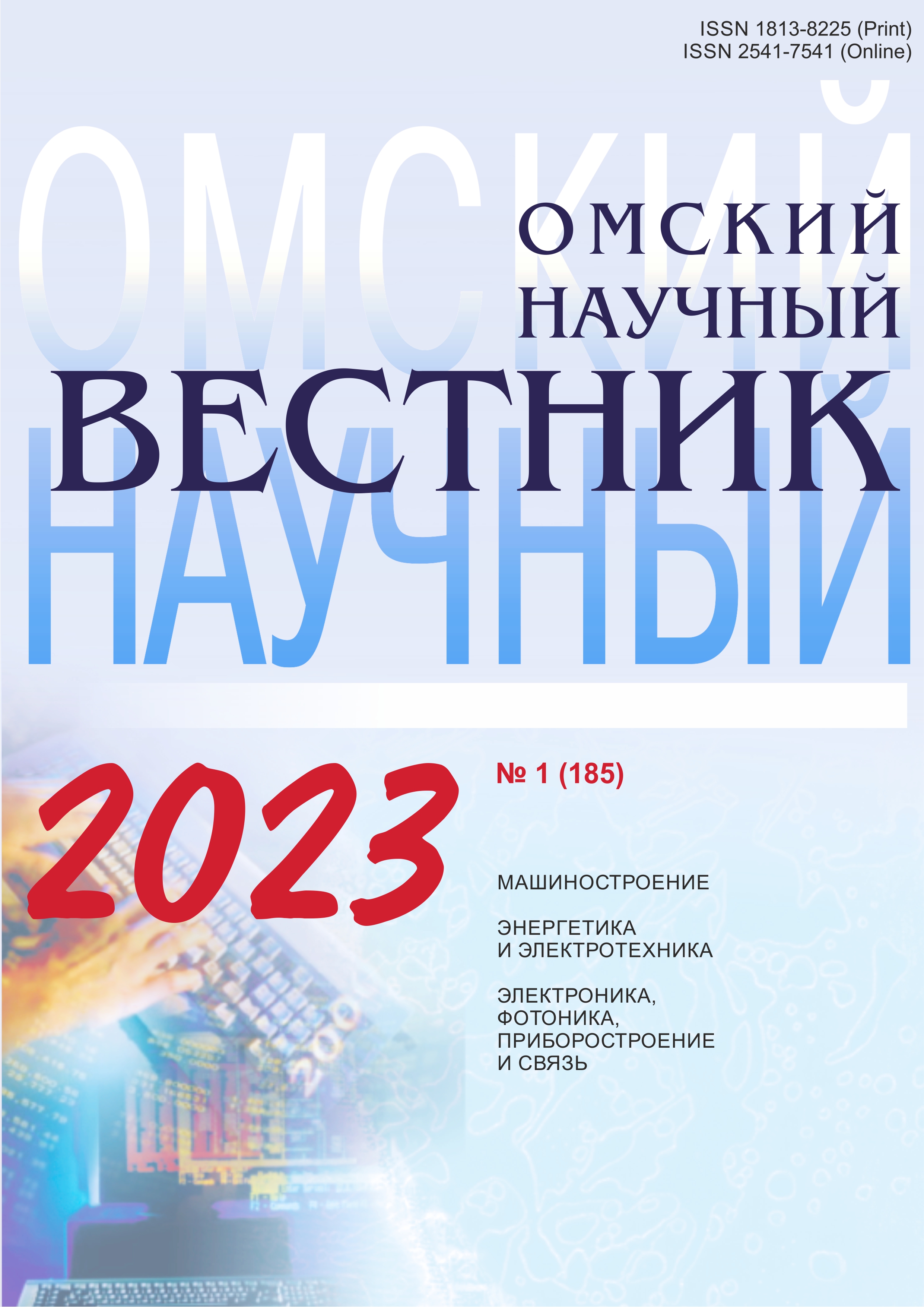Dynamic rationing using agent-based modeling of the assembly process of equipment for nuclear power plants
DOI:
https://doi.org/10.25206/1813-8225-2023-185-46-52Keywords:
nuclear power plant, dynamic rationing, installation, agent-based modeling, assembly, technical processAbstract
The work is raised as an agent-based model designed to calculate the time spent on the assembly stage of the manufacturing process for manufacturing equipment for nuclear power plants. The article focuses on the need for development, states the justification for research and development of the field of nuclear energy, with repeated facts. The paper uses various approaches to accounting for labor productivity. The concept of a gradual increase in employee fatigue for the development of the technical process is taken as the base. The agents of the model contain the workers and the technological process.
The components of programs implemented in the C# language are shown, descriptions of classes are described, their actions to simulate the behavior of agents of a production system. The class diagram shows the selected classes and the relationships between them in terms of inheritance. There is a study of the use of models of a typical assembly process — the assembly of a cabinet frame, consisting of seven main operations. The paper presents structured, empirically analyzed values of fatigue
categories and process time for 85 employees in graphical form by operations. It shows an example of an increase in fatigue for one of the employees and a Gantt chart, which can be used to evaluate how the operations went over time. As the output of the agent-based model, the calculated value of the time spent for the entire stage of the technological process of assembling equipment for nuclear power plants is provided. The accuracy of calculations of data convergence, income on the environment in Matlab Mathworks and Microsoft Excel during manual modeling is argued. The agreements state a slight deviation from the data model of the developed agent-based model of a practical experiment carried out as part of the implementation of the contract for the creation of equipment for a new power unit, a causal analysis is carried out. Also, in the applications, exceptional values of some performance indicators are analyzed and attention is focused on the unjustification of classical average approaches in the analysis of overall performance, using several examples. Information is given on the application of the agent model in possible options.
Downloads
Published
How to Cite
Issue
Section
License
Non-exclusive rights to the article are transferred to the journal in full accordance with the Creative Commons License BY-NC-SA 4.0 «Attribution-NonCommercial-ShareAlike 4.0 Worldwide License (CC BY-NC-SA 4.0»)




